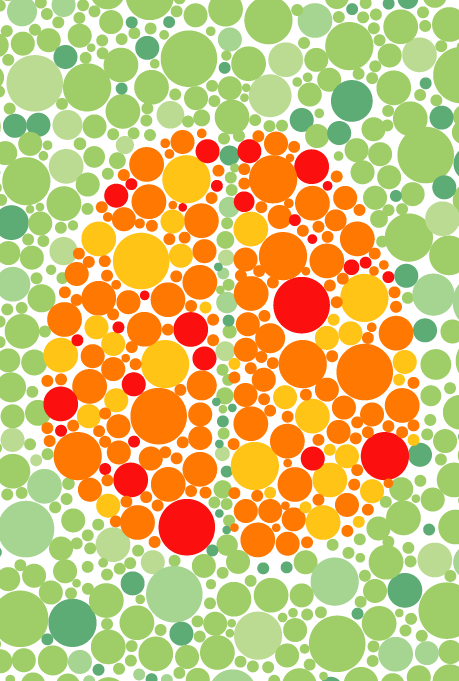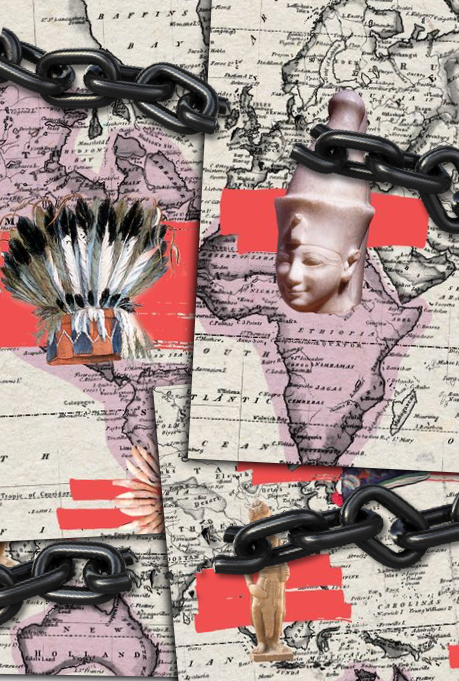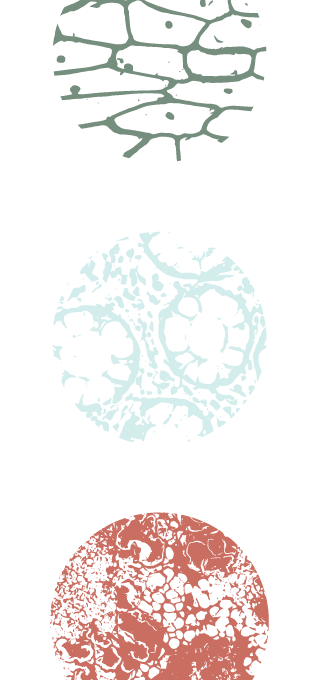What Are We Responsible For?

In a famous scene from Jurassic Park, Dr. Ian Malcolm expresses his concern about opening a theme park filled with real life dinosaurs: “your scientists were so preoccupied with whether or not they could, they didn’t stop to think if they should.”
Replace “scientist” with “designer,” and the quote still rings true. The role of the designer, in fact, is no longer about just creating beautiful and user-friendly products and services, it also requires a whole dose of cultural awareness and social responsibility. This implies that designers not only should design for social change, but are ultimately responsible for the societal effects of their creations. A lot of responsibility, isn’t it?
But that same responsibility is also empowering. Design, applied with a more ethical, inclusive, and culturally diverse approach, can be used to address social — and even environmental and economical — issues.
Many companies are redesigning their products to make the web and the physical world more accessible to and inclusive for minorities and people with disabilities. Beyond that, the Great Resignation and pandemic-induced screen fatigue have shed light on the importance of designing products that respect people’s psychological well-being. On top of this, controversial topics such as NFTs — which allow individual creators to make money fast but are not environmentally friendly — are a source of debate in the design community.
At Design Matters 22 we’ll zoom into accessibility — ranging from typography to web design — inclusive design, the ways in which design and mental health influence each other (including trauma-informed design), and some of the ‘grey areas’ that challenge the designers’ ethical compass.

What Are We Responsible For?
Decolonizing Design

Over the past few years, we’ve seen the term ‘Late Capitalism’ consistently pop up all over the Internet, pointing at all the absurdities of our contemporary economy with its soaring inequalities — huge corporations hold incredible power, millionaires become billionaires, and more and more people fall under the poverty line every day. It’s evident that this economic model, based on exploitation and requiring infinite growth on a finite planet, is not sustainable in the long run.
In parallel to this, the world is becoming more aware of the enormous absence of Indigenous knowledge and practices in our societies. From history to art, from research methods to the language we use, Colonialism still permeates our mindsets and the way institutions are wired, including design. When we designers create, thinking about the future, we are thinking about possibilities. We design a plurality of possible futures, and then we narrow it down to one. To decolonize and decenter design, we need to think more broadly — to embrace the plurality.
So, what is the next step for humanity? What economic model is going to replace the current one? And how can design help create a new, better future for the planet and its people? The urgency to answer these questions can bring confusion and make us feel like we live in a state of dooming uncertainty.
As designers, this is an opportunity to bring clarity, be the catalysts for change, and help push for a different, more equitable future.
At Design Matters 22 we’ll open our doors to Ecodesign, Material and Queer Ecology, Indigenous Design, designs that promote more sustainable and inclusive ways of living, but also Future Thinking and Speculative Design.

Decolonizing Design
A Little Pick-me-up

When the world around us is literally on fire, our devices are constantly buzzing with worrying news, and ecological grief gets the best of us, it’s hard to stay focused and positive. Designers often feel that we bear the weight of the world on our shoulders, and all we need, really, is a big boost of serotonin.
To survive, in fact, designers need to learn soon to cope with complexity and chaos. Which takes steady nerves, patience, but also lots of creativity, playfulness and, at times, a pinch of madness.
Through this theme, we want to give designers a space to express themselves freely and bring on their most bold, playful, unapologetic ideas and creations, like a moment of escapism from the evils of the world. But it’s not just that; it’s well known that delightful storytelling, a touch of humour used sapiently, and mesmerizing visuals allow designers to convey messages more powerfully, communicate serious matters in a more ‘digestible’ way, and even simplify issues that are hard to grasp.
At Design Matters 22, we’ll dive into playfulness as a design tool, and a way to craft unforgettable, engaging experiences. You’ll discover ways in which you and your team can use emotional IQ, storytelling, and little moments of delight in your designs and your process. Prepare yourself to learn more about experience and character design, put your creativity to the test, and find inspiration in illustration, animation, video games, and much more!

A Little Pick-me-up
The Themes
Every year, Design Matters digs deep into three topics that are relevant to the design industry and community. The talks and workshop of the conference revolve around three themes, which are discussed and decided with the help of an international Committee of designers and previous speakers.

